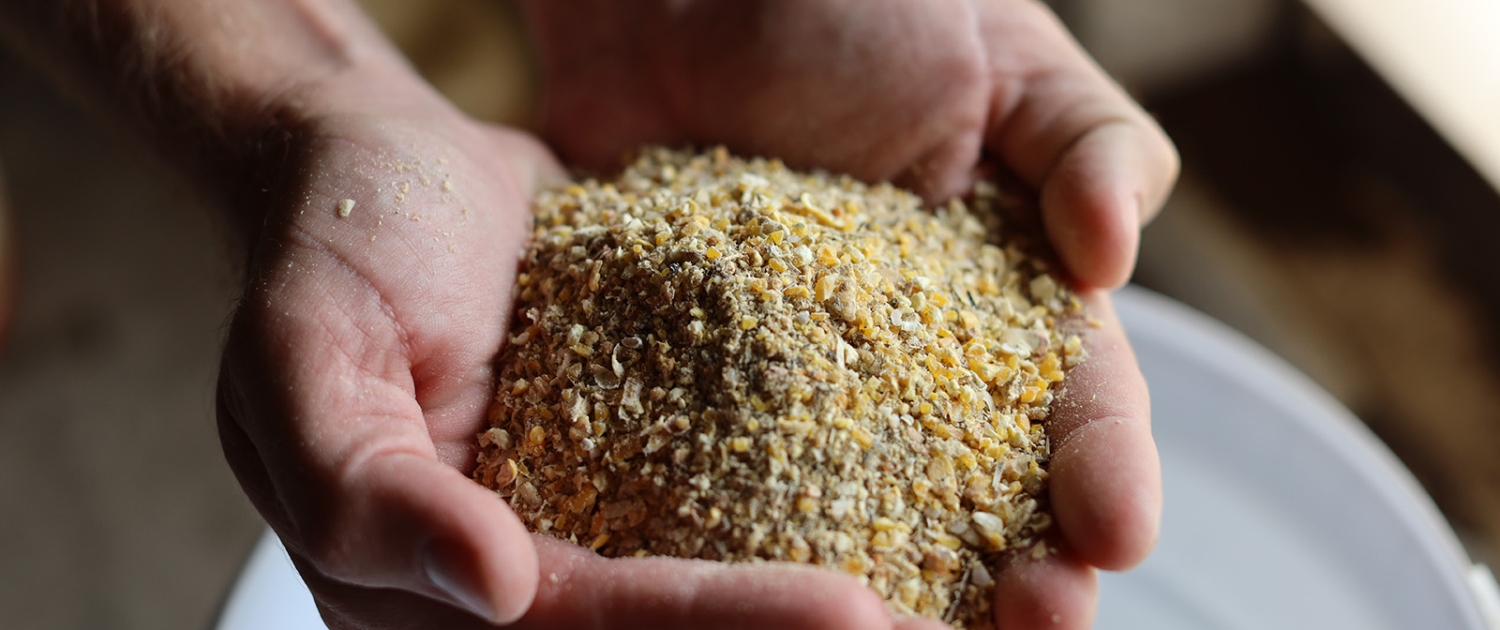Importance of feed intake in commercial layer systems
 By Herman Rossouw, technical advisor, AFGRI Animal Feeds
By Herman Rossouw, technical advisor, AFGRI Animal Feeds
The feed component of the average poultry production system makes up 70% of all expenses. Given the sharp increase in feed prices these past three years, there is renewed focus on the consumption and effectiveness of rations. In March this year, the average layer meal was 80% more expensive than in the corresponding month in 2020. In comparison, the price paid to producers for a dozen eggs rose by only around 30% in the same period. But what does optimal daily feed intake per hen in commercial egg production systems look like? The answer is somewhat complex.
Factors affecting feed intake
Excessive feed intake leads to financial losses because it adds to the feed bill and leads to health problems such as fatty liver; if the hen ingests too little feed, she will not be ingesting the nutrients she needs for optimal production and health.
A multitude of factors affect feed intake. These include temperature, humidity, water intake, housing density (competition for feeding space), diseases, stress, feed particle size, energy density of the feed, age and weight of the hen, as well as breed.
Each feed company has its own range of layer rations that differ in terms of nutrient density and energy composition – in other words, the optimal daily feed intake per hen will vary. Communication between the feed company and the producer regarding the theoretical and actual intake of a ration is therefore key.
Temperature and particle size
Hens tend to ingest less feed in the warm summer months, making it difficult to keep the actual intake in line with the theoretical intake. A more nutrient-dense feed will help to support hen production and bodyweight maintenance in summer. In this regard, management practices such as midnight feeding may assist in stimulating intake. Moreover, there are a number of supplements on the market that may help to alleviate heat stress.
Feed particle size – and more specifically changes in particle size – can quickly suppress or overstimulate hens’ feed intake. Not only will hens consume less feed if it is too fine, but such feed may also create dust in houses and lead to respiratory infections in hens and workers. Coarse particles, on the other hand, will stimulate feed ingestion, leading to selective feeding habits with hens selecting to eat the coarse particles (usually maize) first, leaving the finer particles (vitamins, minerals, enzymes and the like) behind.
With the latter in mind, it is important in especially older production systems, which still make use of manual feeding, that the hens clean out the feeders before new feed is added. To accomplish this, more daily feedings can be allowed rather than filling up the feeders in the mornings only.
Feed according to age
Although hens’ ration intake can be controlled to some extent, their physiology must be kept in mind. Young point-of-lay hens will not consume the same amount of feed than 60-week-old hens. Hence, rations and management practices need to be adjusted accordingly.
AFGRI’s Optilay Peak ration is specifically formulated for young point-of-lay hens that are physiologically unable to achieve intakes of 110 to 120g/hen/day. Once hens reach a physiological age at which they can comfortably ingest 110g/hen/day, the ration can be switched to Optilay 20.
‘To measure is to know’ is one of my favourite sayings and is very apt when it comes to feed levels and ultimately feed intakes. Daily feed intake per hen per day is the best way to identify problems early on, either with regard to the feed, hens or management practices.


.png)

